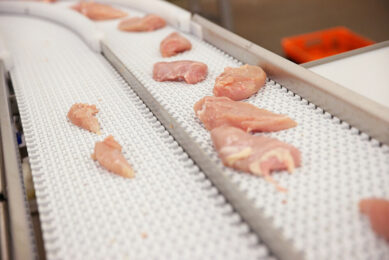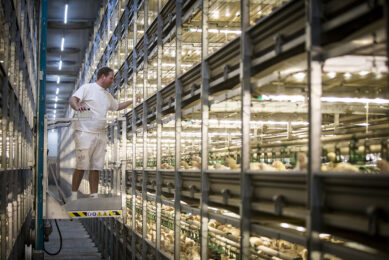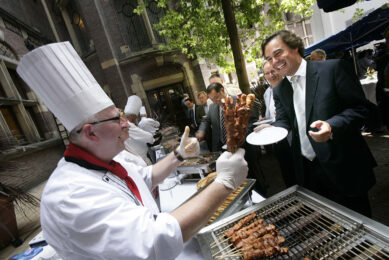Swazi market hit hard by lack of poultry
The demand for poultry was much higher than expected, and the consumers have had to pay prices which spiked to over E20 per kilo. At the moment the outlook of the poultry industry is generally positive for 2007.
As good as this might be for the small-scale Swazi farmer, it is not so good for the consumer. The demand for chicken is overwhelming and this could be partly attributed to the fact that as much as red meat still remains the best meat for most Swazis, due to health reasons chicken has become the ultimate choice. There is also a bigger demand for quick meals, not only fast foods, but easy to prepare meals from supermarkets and evidently, with chicken being a component of most fast foods.
The NAMBoard sells chickens bought from small Swazi farmers who are encouraged to seek the market before the chickens have been slaughtered at the abattoir. Before NAMBoard can buy a farmer’s chickens, their poultry house and abattoir must have been inspected by the Board’s inspectors and the two parties should have agreed on a price and terms. In instances where farmers charge exorbitant prices, the NAMBoard makes no profit from the sale of the chickens and thus the farmer only gets to be paid after all their chickens have been sold in the market.
The price for maize locally is very high and still increasing with no assurance of it staggering. Besides the production cost, diseases such as New Castle still remain a challenge, as they are endemic. Vaccination is encouraged though to prevent such diseases. Last year there was the threat of avian influenza and its threat was highest in September, but so far it has not hit the country.
Related article:













